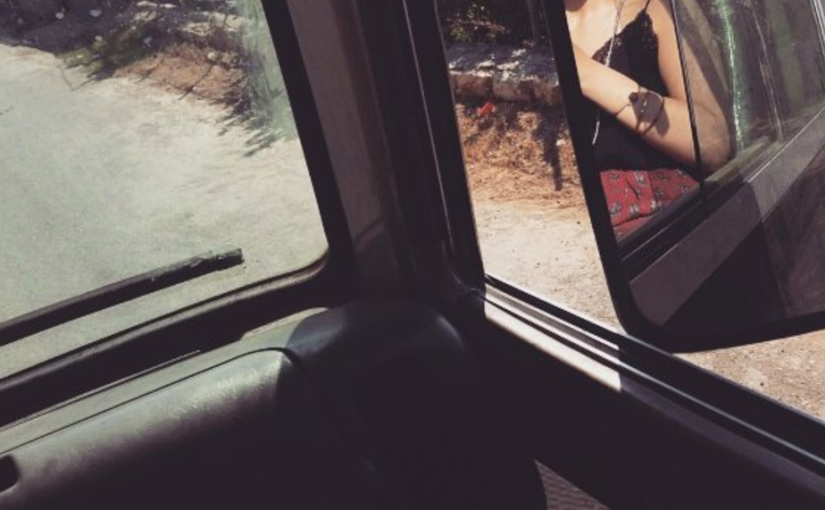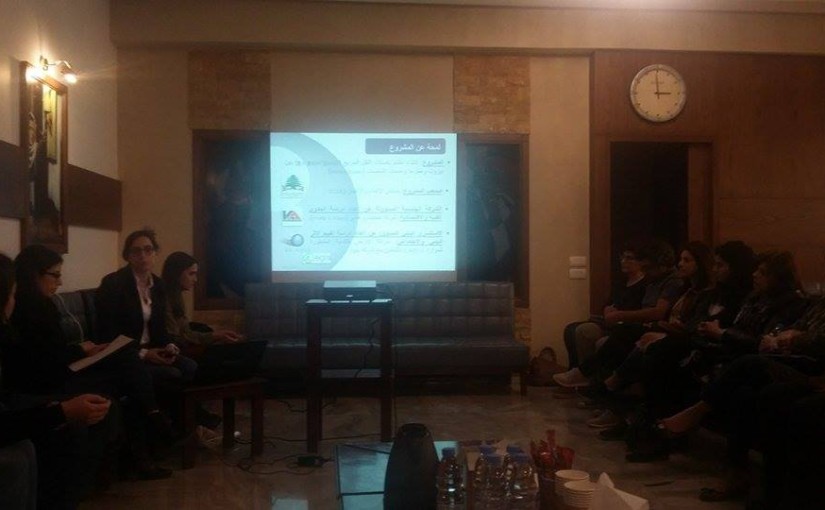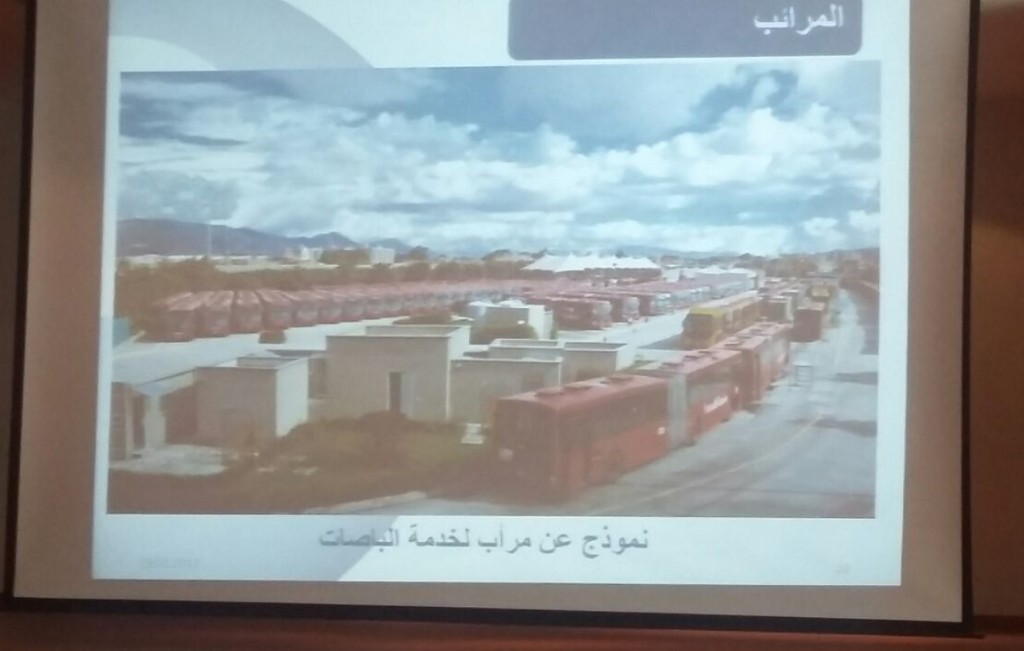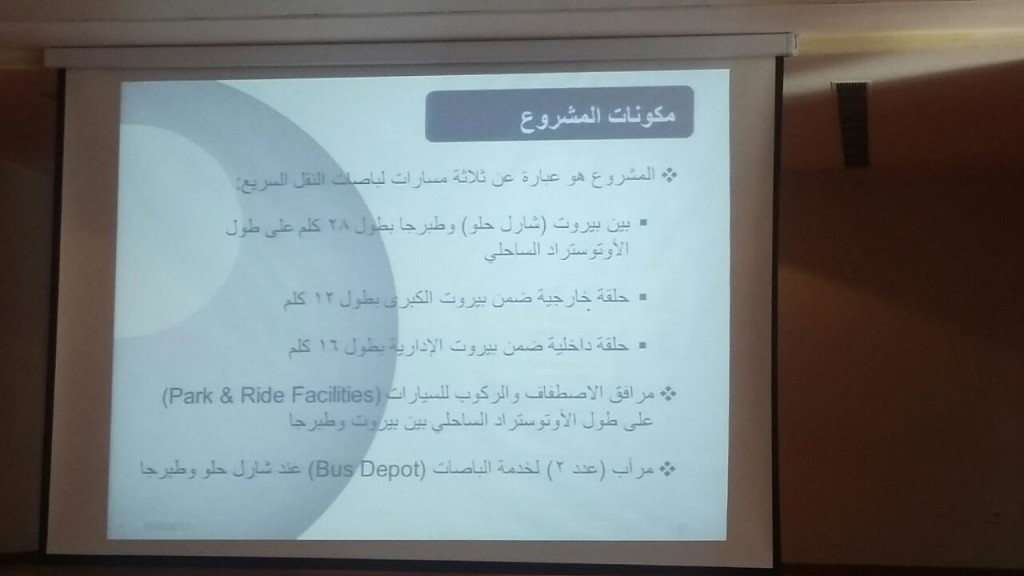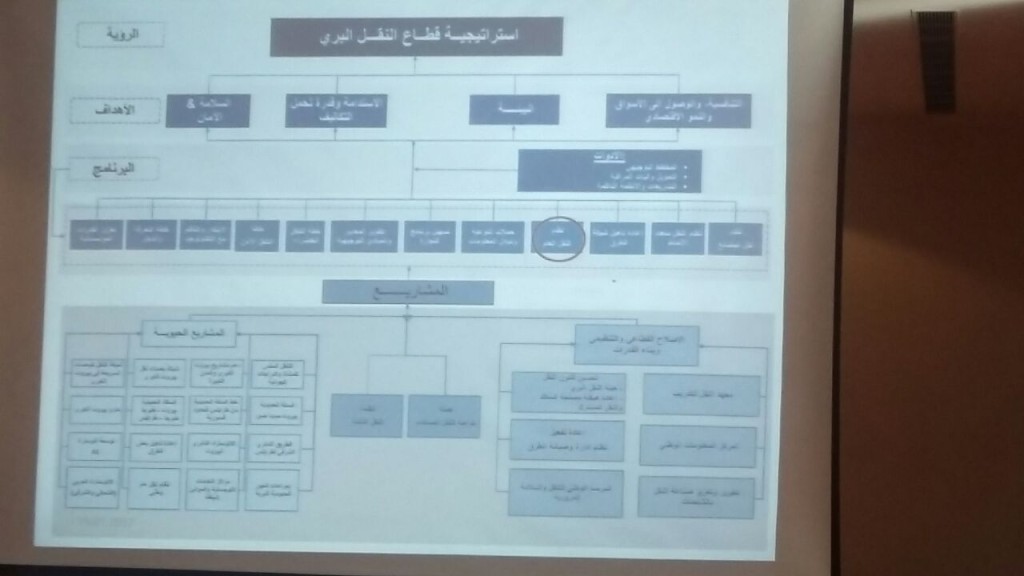ميرا طفيلي:
“حلو جسمك”, “شو اسمك”, “وين بيتك”, “في منك ع جالو”… هذه وغيرها من العبارات الغير مرحب بها وهي قد تكون جزء من التجربة اليومية في المساحات والاماكن العامة للنساء في لبنان.
هذه الاعتداءات الصغيرة او البسيطة كم يبادر لاذهان البعض ترسم اطار دينامكية التنقل للنساء في المدينة ,ويجب اخذها في الاعتبار عند التخطيط لنقل اكثر استدامة في بيروت.
في الواقع ان الخوف من التحرش هو من اولى الوصمات المرتبطة بالنقل المشترك اليوم, وهو خوف يمنع الكثير من النساء من استخدام الباص. ان تجارب النساء في ركوب الباصات, تتأرجح بين هذا الخوف المستمر والمبالغ فيه والحقيقة المحزنة, و هذه التجارب تشكل نقطة انطلاق حيوية لاي حوار او ناقش عن الاندماج اجتماعي والتغيير المدني في النطاق العام و المشترك في المدينة.
بعيدا عن كل هذا الضجيج المرتبط بالنقل المشترك في بيروت, كل يوم اجد نفسي مندهشة امام ما يقوم به سائقو الحافلات لحماية النساء داخل حافلاتهم. ومن العادات الشائعة توفير السائق المقعد الامامي للجلوس بعيدا عن الركاب الذكور, اعطاء فسحة الركاب مجال امن للتحرك داخل الباص, وقد تذهب الامور بعض الاحيان الى اعطائي احد الركاب مقاعدهم حتى اتمكن من الجلوس بشكل مريح بعيدا عن اي من المتحرشين. والكثير من الركاب في كثير من الاحيان قد ساعدوني و دافعوا عني عن حصول اي مضايقات او عند شعوري بعدم الامان.
بيد أنه من المؤسف أن جميع هذه الجهود الإيجابية تندرج في نفس الخانة: فالطيبة والاخذ بعين الاعتبار انني أمراة لا يزلان يحدداني كأمرأة تستعمل الباص, “مفعول بها” وليست فاعلة, و يجب حمايتها .وانه سيكون من الأفضل بكثير إذا كانت هذه الأعمال اليومية تمتد نحو تثقيف وتوعية الرجال الذين وضعوني في هذه الحالات في المقام الأول.
في احد المرات, ازعجني احد الركاب فوقف بعض الرجال واعطوني مقاعدهم ولكن لم يقم احد منهم بالاشارة الى المعتدي اواعلان عنه او حتى اخراجه من الحافلة. على الرغم من الترحيب بهذه التصرفات الحسنة التي تحمي النساء ولكن تبقى تصرفات كردات فعل وليست للحماية والوقاية الدائمة. ان مساعدة الناس بشكل سريع ولحظي لهو شيئ جيد ولكن اطار ثقافة هؤلاء الرجال ليس خارج النظام الأبوي بل انهم من قلب هذا النظام و من صلبه. ان شهامتهم ليست الا كردة فعل طبيعية على فعل الاعتداء يستكمل بـموازنته بوقوفهم ضده لا اكثر, في حين ان النساء بقفون بشكل سلبي ومع الامتنان.
وهناك جانب آخر من مظاهر هذه التفاعلات المتناقضة: هو الانتقائية العنصرية والطبقية المتأصلة في اهتمامهم, فالنساء السود أو السوريات هن دائما أقل احتمالا للدفاع عنهن أو الاهتمام بهم من النساء اللبنانيات، مما يجعل النساء المهاجرات أكثر تعرضا للمضايقات. وهذا يثير الحاجة إلى جدال أكثر تعمقا وشمولية بشأن النقل المشترك باعتباره صورة مصغرة لمجتمعنا ككل.
هل هذه المشكلة متأصلة في واقع الحافلة كمساحة لقاء, أم أنها امتداد لثقافات معادية لاستقلالية المرأة على نطاق أوسع؟ انطلاقا من هذا التحليل المتقاطع، يخلص المرء إلى أن المضايقات في الحافلات هي مشكلة لا تعكس بشكل كبير مشكلة الامان في وسائل النقل المشترك، انما تعكس بشكل أكبر حقيقة تواجد المرأة في أي مكان عام في ظل النظام الأبوي.
لا ينبغي تجاهل المخاوف، ولكن يجب أن نضع هذه مخاوف في اطارها الصحيح: الشعور بالتهميش أو بعدم الانتماء أو بعدم الامان ليس أكثر حدة في الحافلة مما هو عليه في أي مكان حضري آخر. ومن وجهة نظري، لا يمكننا أن نجعل مساحات النقل المشترك أكثر أمانا وأكثر شموليتاُ للنساء دون التشكيك في المجتمع الأبوي والكاره للنساء. النقل المشترك جانب واحد من مجموعة أوسع من المسائل المثيرة للقلق: الحقوق الجندرية والاستقلال الجسد والعنصرية والطبقية والتضامن الاجتماعي.
وهذه المعركة لا يمكن أن تحدث عندما تتجنب النساء الحافلة. وبصفتنا نساء، نحتاج إلى اثبات وجودنا في هذا المجال الحضري الحيوي، ونحن بحاجة إلى تغيير شروط النقاش من المخاوف على سلامتنا إلى التزام مشترك بحقوقنا في المدينة. ما هو على امامنا في الحافلة يناسب صورة أكبر: استئصال الحوار من مشاكل النقل المشترك الى التضامن النسوي ومكافحة العنصرية. إن الاهتمام بالسلامة والكرامة والمساواة للجميع يعني قدرة أكثر فعالية على استعادة مستقبل بيروت للجميع.
***
هذا المقال قد كتبته ميرا طفيلي و نشر بالانكليزية في موقع Beirut Today .وترجمه الى العربية شادي فرج .
